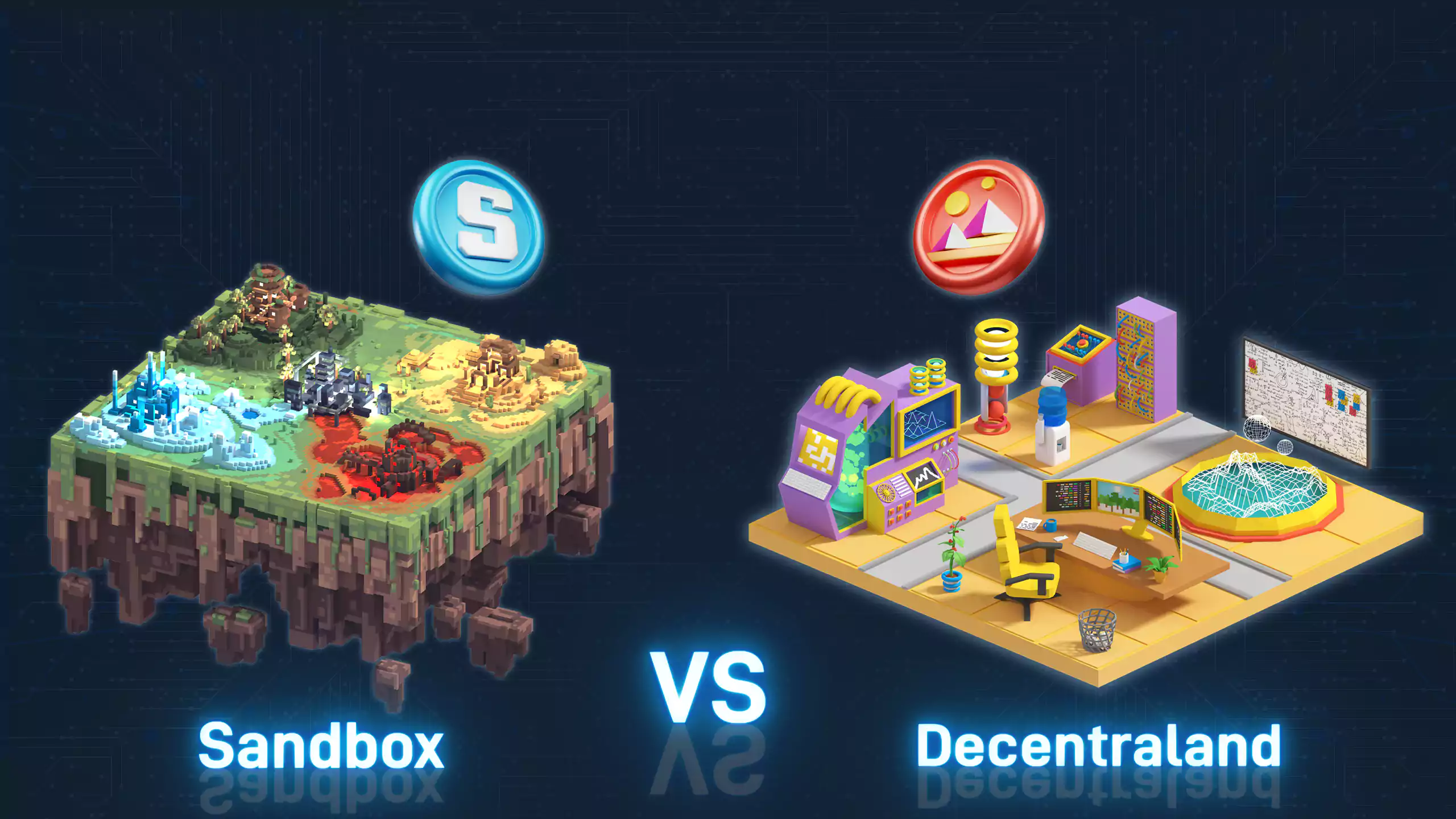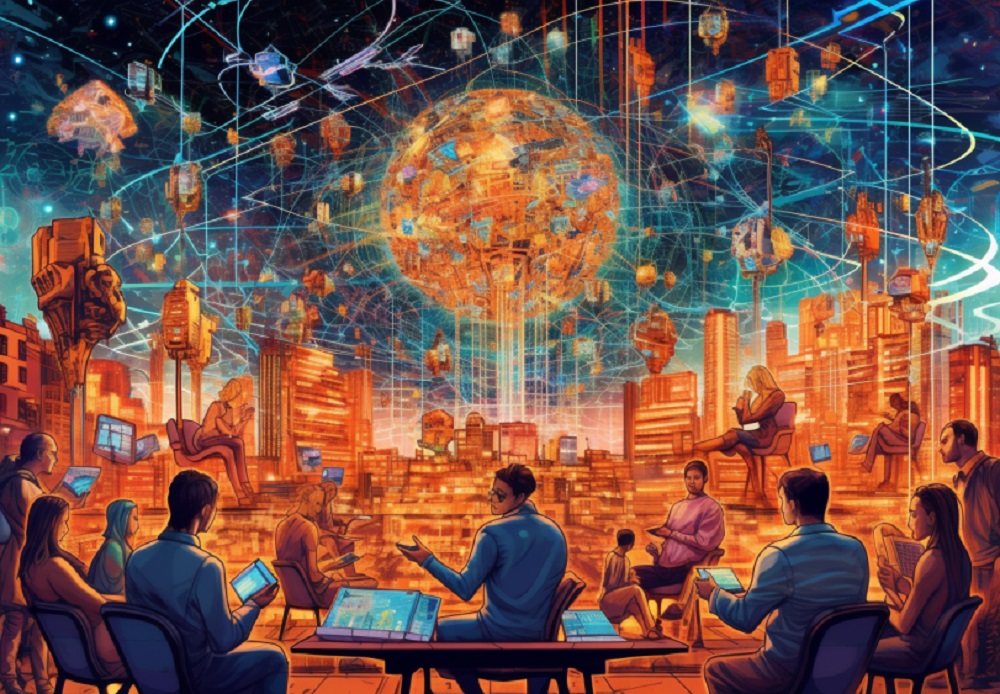Though the Metaverse has been in the works for years, many people became interested after Mark Zuckerberg rebranded Facebook to Meta. Many people and companies have jumped on the Metaverse wagon to invest in the technology following the generated buzz.
The idea behind the Metaverse is the concept of a virtual world where everything we do in the present real world can be replicated and even better experienced. Real estate investing becomes the central focus when the idea of Metaverse comes up in a conversation.
This article will dive into real estate investing in the Metaverse and the best options to consider when investing. But before this, it is vital to understand what Metaverse is really about.
What is the Metaverse?
Imagine a virtual world where you own an apartment in a busy neighborhood. When you look out the window, you see your favorite fashion store, a couple walking hand in hand along the street and a band playing a Hans Zimmer song in the park nearby. Everything looks and feels real, active at the moment, except it's all virtual.
The Metaverse is a total immersion into a virtual world where you experience it, live it, and feel its impact like you would in the real world. It allows you to be a direct participant in a virtual ecosystem instead of watching it on a traditional computer and phone.
Now, the Metaverse is not at its peak yet; and there is still a long way to go before achieving the perfect Metaverse. Notwithstanding this, many innovations have hit the market. Like it is for other sectors in Web3.0, individuals and companies have been investing and buying up properties and lands in the metaverses available today.
Since the Metaverse is a virtual world, it makes sense for people to buy plots of land to have a stake in it. Real estate investing in the Metaverse is as prominent and vital today.
Real Estate Investing in the Metaverse
Real estate investing in the Metaverse works precisely as it would work in the real world. A person sees a plot or plot of land he wants to acquire, buys it, and receives proof of ownership of the new property.
The Metaverse operates on a decentralized system, meaning no one particular central authority is in control. Instead, transactions run through smart contracts, and proof of ownership is obtained as non-fungible tokens(NFTs) stored on a secure digital ledger called the blockchain.
Unlike investing in the real world, which can be both time-consuming and energy-consuming, buying property in the Metaverse is just a matter of a few clicks on the computer. Building on one's property also only needs coding, unlike building in the real world, which takes months and even years.
Due to the Metaverse's potential, investors are incredibly optimistic about how much the value of the property on the Metaverse can appreciate in a short time. This encourages investment, especially for expensive areas in the Metaverse.
Although a few metaverses exist, the two most popular and widely used are Decentraland and The Sandbox.
Decentraland
Decentraland is the pioneer metaverse. Created in 2017, the platform is hosted on the Ethereum blockchain and boasts 90,601 land plots. Owners can sell these plots of land individually and in a collection.
Buyers pay for transactions occurring in Decentraland with the token MANA. And each property bought in Decentraland is an NFT, and Decentraland has three types of tokens—MANA, LAND, WEAR.
Operating as a Decentralized Autonomous Organisation (DAO), decisions in Decentraland are taken by votes from its members using the Metaverse's currency MANA.
The Sandbox
Although originally a blockchain-based platform, The Sandbox transitioned into being a 3D virtual platform in 2017. Just like Decentraland, The Sandbox is also hosted on the Ethereum blockchain.
The Metaverse offers plots of land individually, grouped as an estate. There are 166,464 plots of land in The Sandbox metaverse.
The Sandbox also has its currency which is used to transact and buy items on the Metaverse, called SAND. The Sandbox has four types of tokens—SAND, GAMES, LAND, and ASSETS.
Unlike Decentraland, which is a DAO, The Sandbox is a blockchain-based virtual platform and focuses on user-generated content encouraging players to contribute to its development.
Decentraland vs The Sandbox: Which is Better?
Since both Decentraland and The Sandbox are metaverses, they're similar in a lot of ways, such as providing plots of land as non-fungible tokens that can be built on and sold, the blockchain on which they are hosted, among others.
There are, however, some distinctions between them.
- While lands in Decentraland can only be traded on the Decentraland marketplace, making access to the metaverse offerings limited, The Sandbox is more accessible because even as property can be traded on The Sandbox marketplace, they are also listed on widely known marketplaces like Opensea.
- When it comes to future setup and plans, The Sandbox has a very clear roadmap on the steps it intends to take to arrive at a workable and more sustainable metaverse. This is because of its nature as a blockchain virtual platform. Decentraland, on the other hand, cannot do the same because it operates as a DAO.
- By being the oldest Metaverse and because of the work that has been put into place, Decentraland has super strong and prominent institutional backing: Samsung, the South Korean Government, Polygon, Cyberpunk, among others. In contrast, The Sandbox has less but heavier backing, that is, SoftBank, a Japanese company with heavy investments globally.
When considered, both metaverses have their pros and cons. To make a suitable decision on which is better, first-hand experiences of both metaverses are advisable before investing.
Conclusion
The web3 technology is changing and getting better rapidly, and the only thing anyone can know for sure is that the Metaverse will continue to evolve and get better in the future. The Metaverse is not in its perfect stage yet. While the whole ecosystem waits for the arrival of a perfect form, changes and enhancements are continuously being made.






